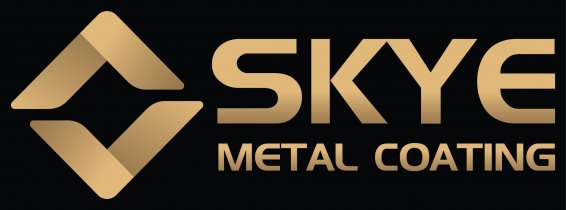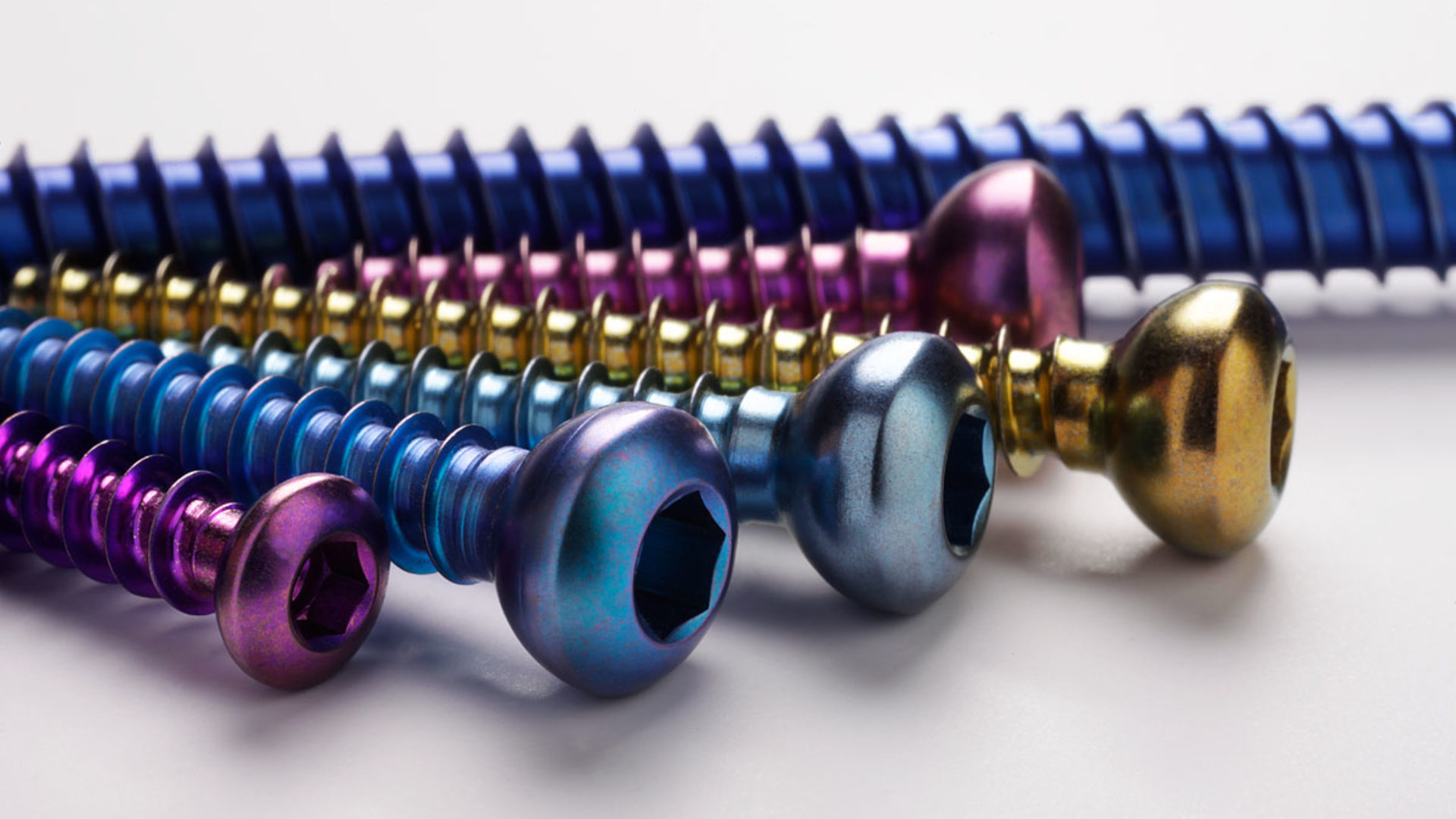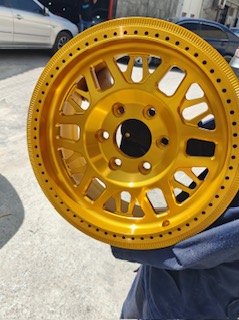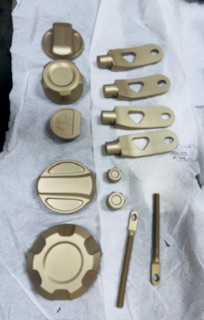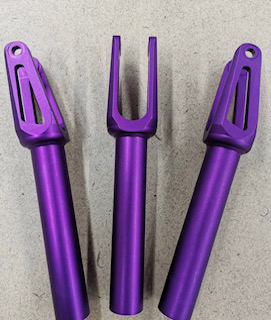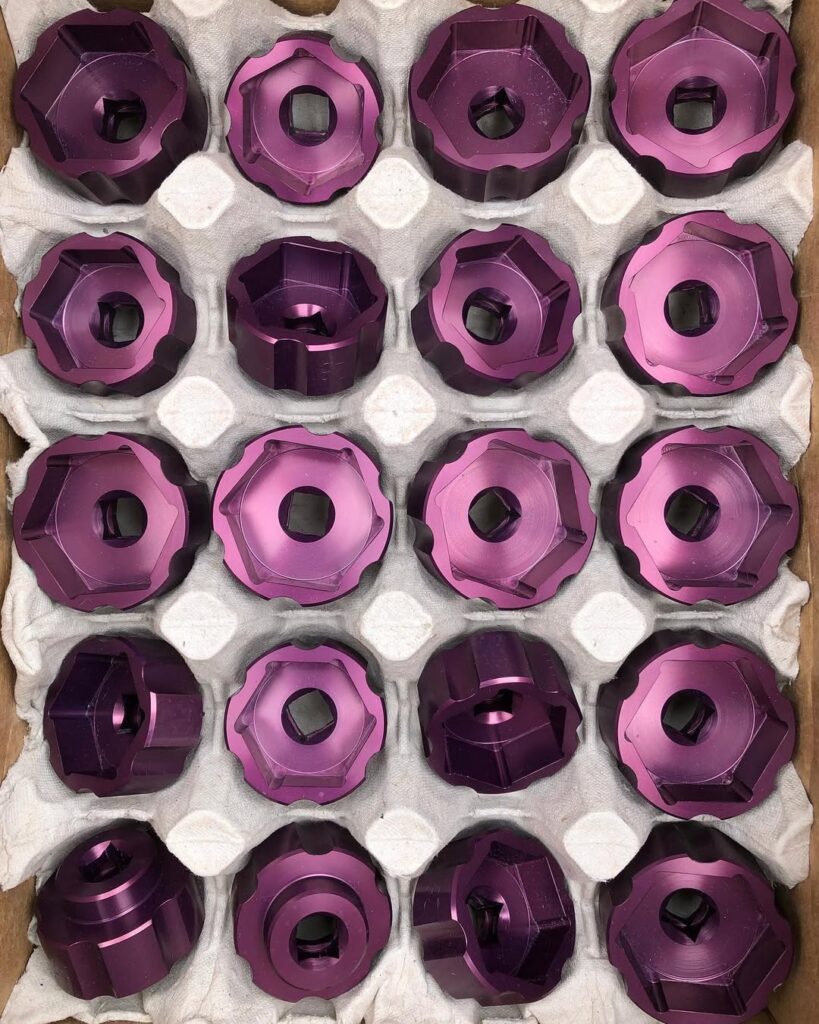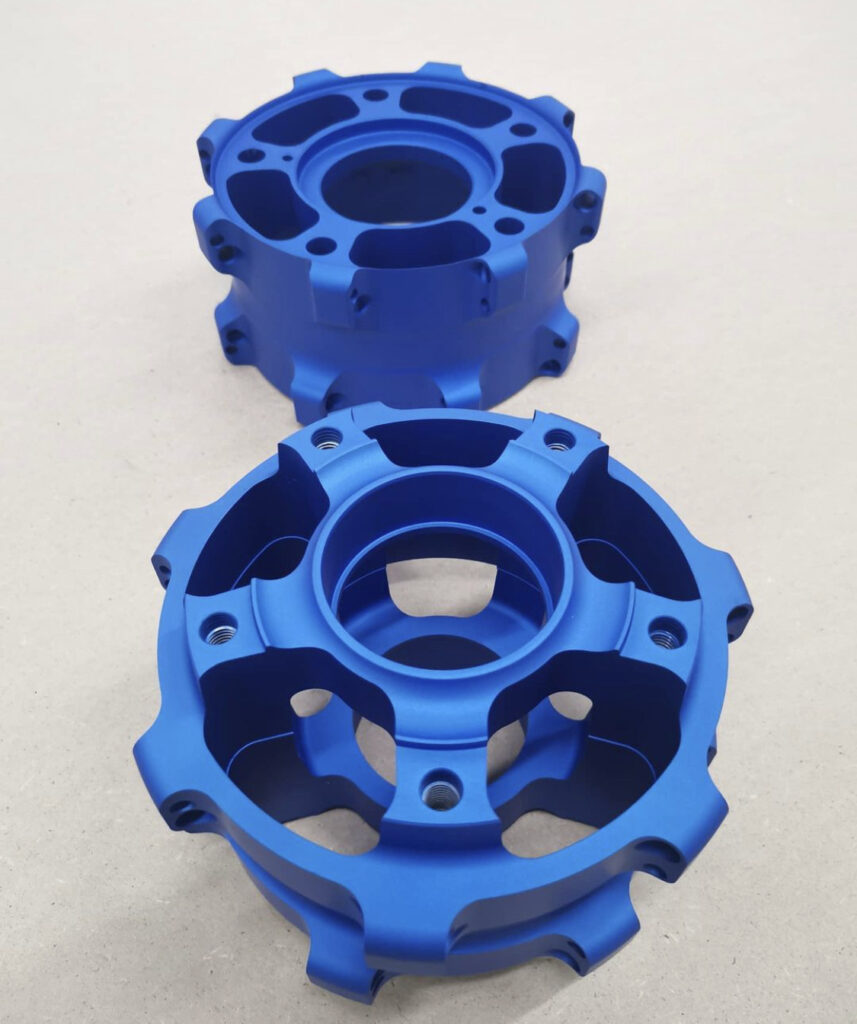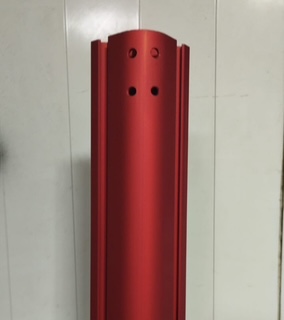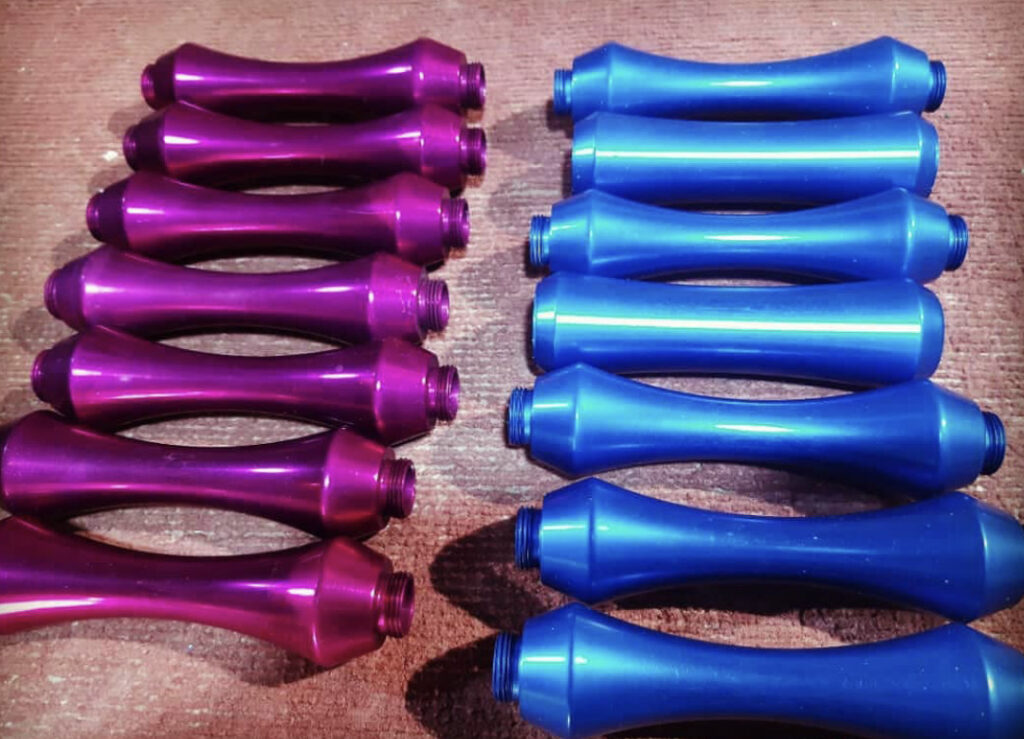We are the Top Anodizing Company in Dubai, UAE
Skye Metal Coating LLC is a Dubai Municipality certified Anodizing company located in Dubai, UAE. We have serviced more than 1000 clients, as of May 2023, for anodizing. This includes aerospace, military and commercial companies. Our company is an ISO 9001 certified company that follows ASTM and MIL standards. For any aluminium anodizing service, please call us at 0507045388
What is Anodizing? Can Anodizing be done on any metal?
Anodizing is a metal finishing process used to increase the thickness of the oxide layer on the surface of a substrate (Aluminium or Titanium). (No, Anodizing process cannot be done on steel) Aluminium or Titanium oxide that is formed generally occupies more space than the base metal converted. The treated part forms an anode electrode that is used to complete an electrical circuit. General benefits of anodization are similar to many of those provided by electroplating and include:
- Increased corrosion resistance
- Enhanced resistance to wear and tear
- Improved surface hardness
- Increased aesthetic appeal
- Lengthened part/component lifespan
Anodized Aluminium and its Benefits For Aluminium Profiles
Anodized aluminium offers a transformative solution for aluminium profiles, especially in a dynamic market like Dubai, where durability and aesthetics are paramount. This electrochemical process enhances the natural oxide layer on aluminium, providing superior corrosion resistance, making it ideal for the region’s harsh climate with its intense heat and humidity. For a leading Dubai-based anodizing company, anodized aluminium profiles ensure long-lasting performance, reduced maintenance, and an elegant, scratch-resistant finish available in various colors to suit architectural and industrial needs. Additionally, the process is eco-friendly, aligning with sustainable building trends in the UAE, while improving wear resistance for applications ranging from construction to luxury interiors. We set up our own tanks and have the ability to modify our system when necessary. Choose our service for profiles that combine functionality with modern design, tailored to thrive in Dubai’s demanding environment.
This anodizing process (Type 1) entails the use of chromic acid to create a thin, electrically non-conductive aluminum oxide film. Moreover, this type of coating is best suited for high-precision and aluminum flight-critical components like landing gear that are routinely subjected to high levels of stress.
Aluminum anodizing (Type 2) is used to enhance the substrate’s corrosion and wear resistance. Sulfuric acid is used to create a thicker aluminum oxide film than with Type 1 anodizing. The color that emerges will depend on the alloy’s composition. Aluminum containing minimal alloying elements will exhibit virtually no color shift. Consequently, Type II can be dyed in nearly any hue or tone desired. The coating can be clear or in colors such as black, green, red, gold and blue.
Hard anodizing (Type 3) uses a combination of relatively low plating bath temperature and constant rectification of the electrical current to develop an extremely hard oxide film coating. Usually, it isn’t the best choice for components with tight tolerances, since some dimensional changes occur during anodization but it is quite common for parts exposed to extreme conditions, such as industrial equipment and heavy machinery. The coating can range from light to dark gray in color and can even be dyed black if desired. It provides substantial corrosion protection and wear resistance, along with excellent lubricity.
Aluminium Anodizing Process Steps and How does the process work?
It is usually performed in an acid solution, typically sulfuric acid or chromic acid, which slowly dissolves the Aluminium oxide. The acid action is balanced with the oxidation rate in order to produce a coating with Nano pores. These pores are the ones that let the electrolyte solution and current to get to the Aluminium substrate. It also helps in increasing the thickness of the coating to a higher degree than the thickness produced by auto-passivation. These pores allow the dye to be absorbed. However, this must be followed by sealing or else the dye will not adhere to the material. This process is typically followed by a clean nickel acetate seal [Ref]. Since the dye is just superficial, the underlying oxide might continue to provide corrosion protection even if few small wear and tear may break through the dyed layer. Conditions like electrolyte concentration, acidity, solution temperature, and current must be controlled to allow the formation of a consistent oxide layer.
Thickness of the Aluminium oxide layer:
Generally, harder and thicker films can be produced by more dilute solutions at lower temperatures with higher voltages and currents. The thickness of our anodizing process is generally between 2.5 μm and 50 μm. The build-up is half of the total thickness as half of the anodizing layer penetrates the base metal. The aluminium oxide makes the surface of the aluminum harder. In addition, it also keeps the naturally occurring oxide from rubbing off the aluminum in your palm. Additional corrosion protection comes from the sealer that is applied after the coating process by placing the metal salts in the pores of the metal oxide coating.
Clear (Class 1) and Anodized Color finish (Class 2):
The anodized aluminum coating can be dyed into different colors with the help of high quality dyes. A rainbow of colors are available and we typically have these basic colors in stock: black, red, green, gold, violet, Yellow, brown & blue. It should be noted that these organic dyes will fade from UV radiation in sunlight. However, compared to other anodizing companies in Dubai, UAE, the dyes used in our company lasts longer due to their UV protective properties.
Standard Specification No
ASTM: B 253 – 17 Aluminium Surface Preparation
ASTM: B 322 – 14 Degreasing prior to Anodizing
ASTM: B 580 – 19 Anodic Oxide Coatings on Aluminium
Anodized Aluminium Photos
Frequently Asked Questions
Q: How much does it cost?
A: The cost depends on factors such as the size, complexity, and quantity of the objects being anodized, as well as the specific requirements of the project. Skye Metal Coating provides customized quotes based on these factors and ensures competitive pricing. Typically a minimum of AED 150 for small jobs.
Q: What industries use anodized aluminium?
A: Automotive, aerospace, construction, electronics, and consumer goods. It is commonly employed to enhance the appearance and protect aluminum components in these industries.
Q: What are the benefits of anodized aluminium?
A: It offers several benefits, including increased corrosion resistance, improved durability, enhanced aesthetic options, electrical insulation, and better paint adhesion. It also provides a protective layer that helps to maintain the original appearance of the metal over time.
Q: Does anodising change the dimensions of the object?
A: It typically adds a thin layer of oxide to the surface of the metal, resulting in minimal dimensional changes. However, it is important to consider the thickness of the anodic layer in precise applications where tight tolerances are critical.
Q: Can anodized aluminium surfaces be colored?
A: Yes, anodized aluminium surfaces can be colored using various techniques, such as dyeing or electrolytic coloring. This allows for a wide range of vibrant and durable color options, offering versatility in design and aesthetic customization. Skye provides various colors like black, red, orange, champagne, blue, green, yellow, brass, bronze, silver, gold and 25 more colors.
Please contact us below for Anodizing service!
